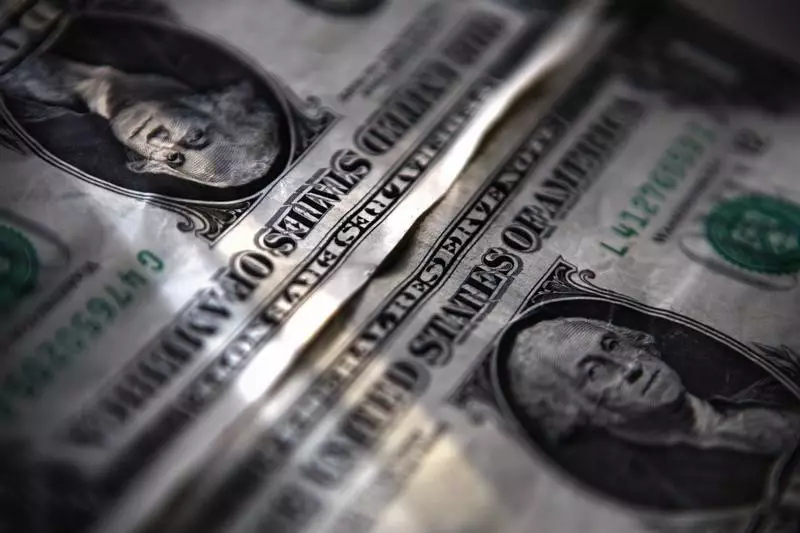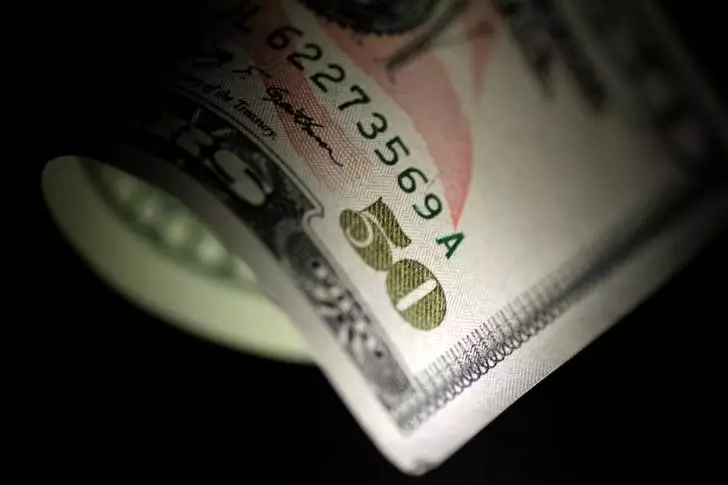The Impact of the U.S. Election on Dollar Dynamics: Insights from Citi’s Strategists

Recently, Citi strategists have projected a favorable environment for the US dollar in light of the upcoming U.S. election, emphasizing the multifaceted landscape that influences currency valuation. Their analysis suggests that, while the election itself could bolster the dollar, a host of external factors—including monetary policy from the Federal Reserve, recession probabilities, and global economic conditions—could play equally critical roles in shaping the greenback’s trajectory throughout the remainder of the year.
The strategists have articulated that the expectation of heightened tariffs, especially those levied against China, positions trade and tariff policy as pivotal supports for a bullish USD sentiment. Such measures might not only reinforce the dollar’s value against currencies like the Chinese yuan, euro, and Mexican peso but could also lead to increased volatility across global markets. This insight is particularly pertinent given the ongoing complexities in international trade and diplomatic relations.
Diverse election scenarios present distinct implications for the dollar’s performance, with a potential “red wave” scenario—characterized by a Trump victory and Republican dominance in Congress—being identified as the most favorable for the USD. In this context, a proactive approach towards trade balance improvement through tariffs, supplemented by fiscal initiatives like tax cuts, may become a reality. This suggests that market participants interpret political stability and regulatory relaxation as conducive to economic growth, further enhancing the dollar’s appeal.
Despite optimistic projections, Citi notes that the potential rise of the dollar may ultimately be constrained. The strategists imply that, while a surge in the dollar’s value is anticipated as the election approaches, it may be limited to a maximum of 5% due to the influence of concurrent economic factors that could temper these gains.
Typically, market prescience aligns with the election cycle, with traders positioning themselves in anticipation of results two to three months prior. As the U.S. presidential debates scheduled for September approach, market volatility is set to intensify, as these events are key turning points for assessing election outcomes and candidate positions. Houston, the strategists predict, could see the dollar’s rally peak during this lead-up to the elections, indicating that the market dynamics may evolve into a “sell the news” scenario as the election date draws near.
As much as election-related intricacies shape the dollar, Citi’s report underscores the continuous influence of broader macroeconomic factors. The potential trajectory of Federal Reserve policies, particularly regarding interest rates, and the looming possibility of a U.S. recession are just as crucial. Additionally, global economic challenges, notably a downturn in manufacturing and persistent issues within Europe and China, add layers of complexity to the investment landscape.
While the upcoming U.S. election undoubtedly carries implications for the value of the US dollar, market participants must consider a broader spectrum of economic indicators and indicators. These elements will collectively bolster or restrain the dollar’s growth, emphasizing that, in an interconnected global economy, currency dynamics are shaped by an intricate interplay of political and economic factors.





